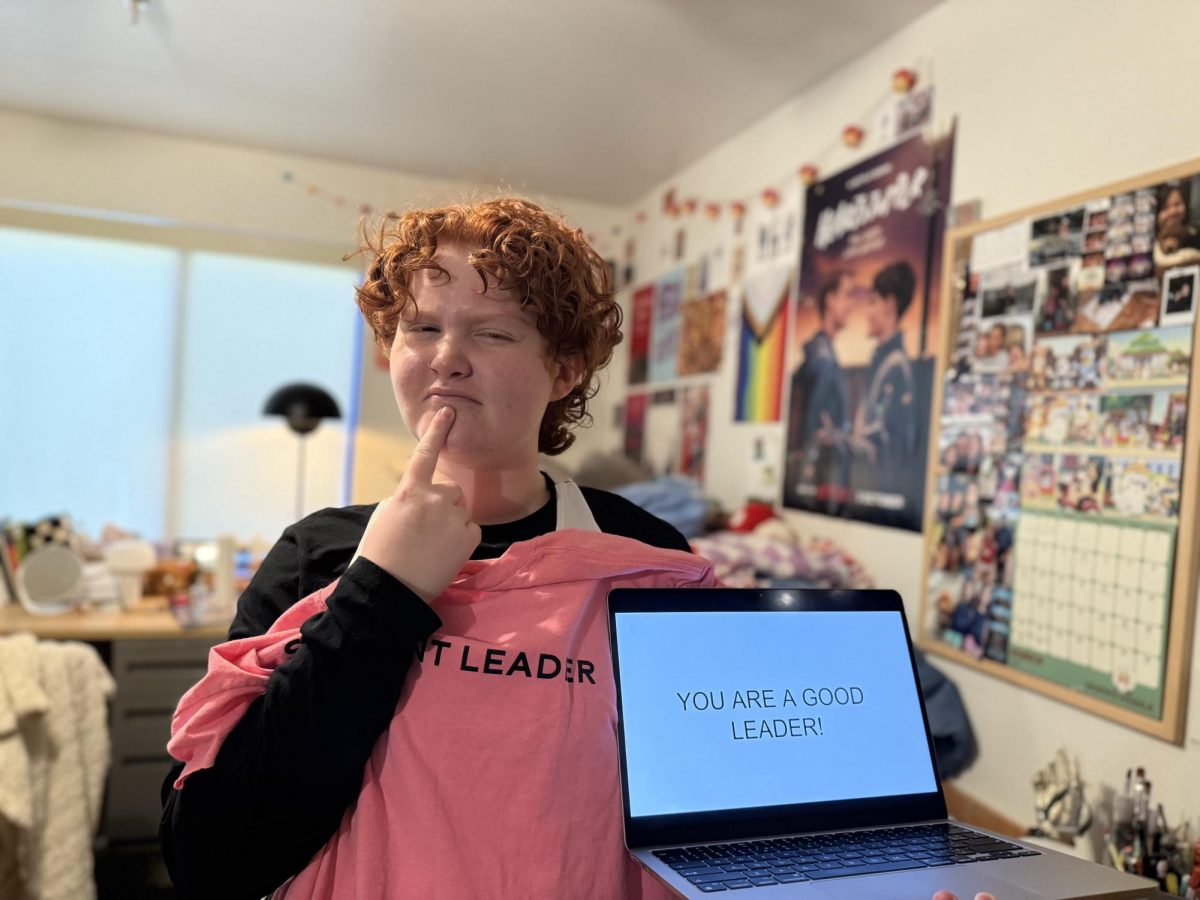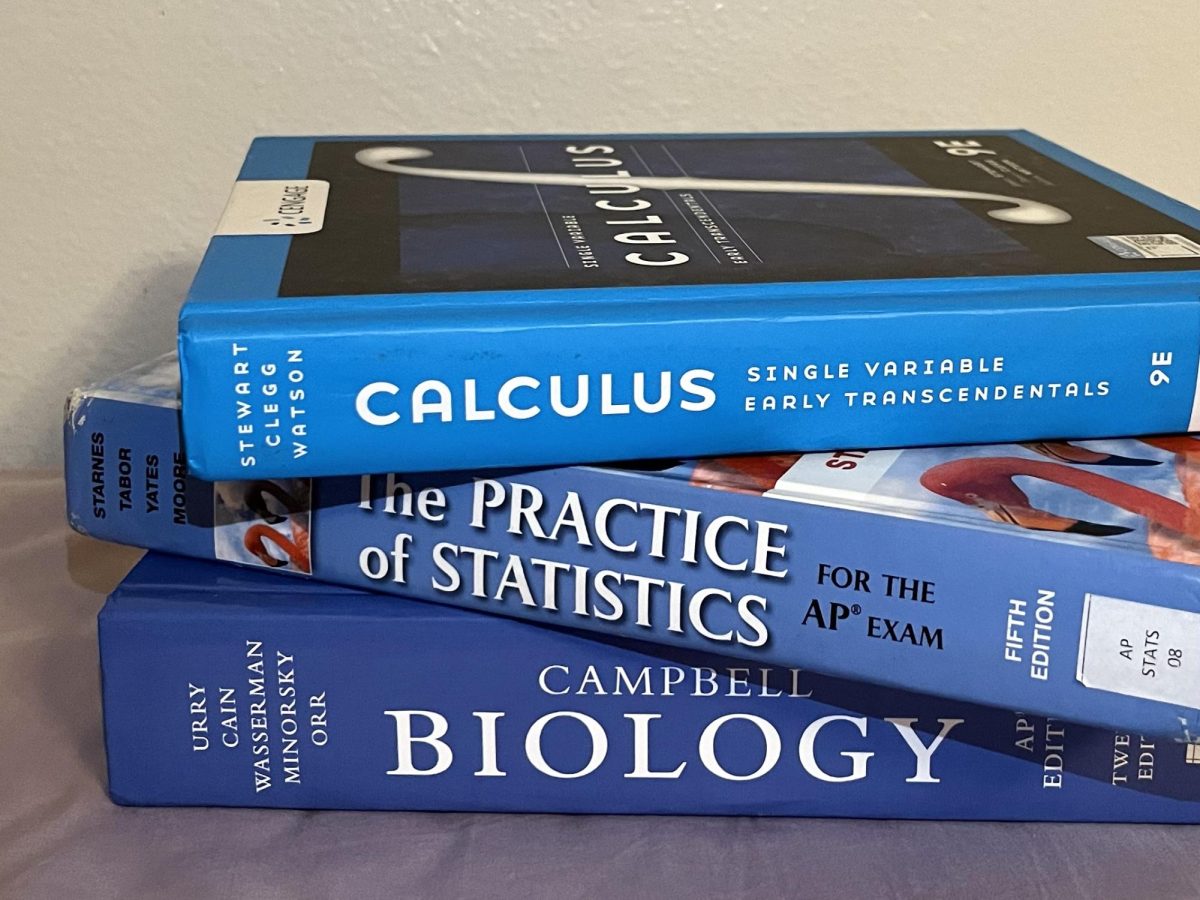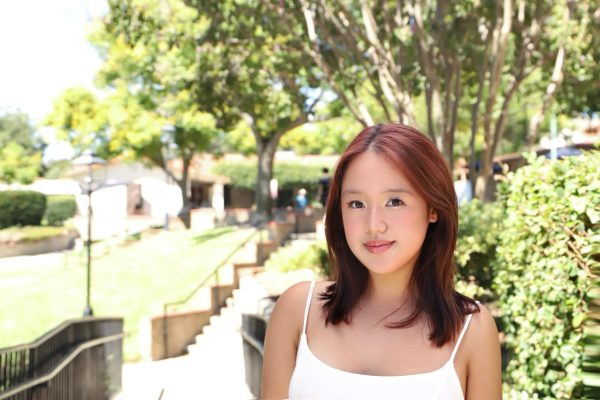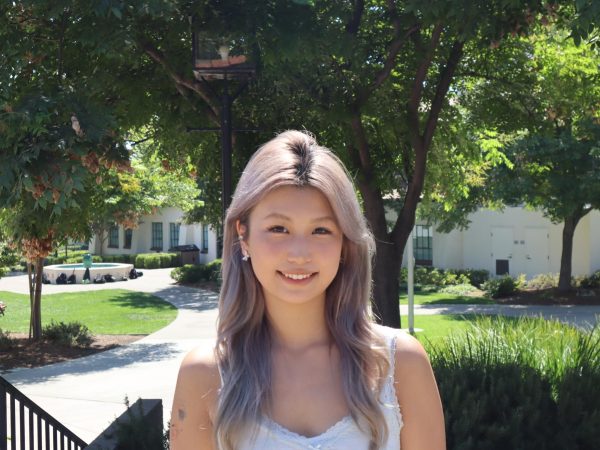On June 24th, 2022, just hours before Roe v. Wade was overturned, Amanda Becker, a political activist and journalist managing an abortion center in Alabama, received a chilling one-word text from her co-worker: “STOP.” As the country grappled with this monumental change, its citizens observed a significant divide between those passionately advocating for reproductive rights, holding signs in protest, and those who remained indifferent or even dismissive. Are we facing a crisis of connection fueled by echo chambers and rising polarization? How have we drifted so far from one another, and what’s preventing us from bridging the divide?
Historically, women have been at the forefront of various progressive movements, advocating for issues such as reproductive rights, equal pay, and comprehensive healthcare. Landmark events like the Roe v. Wade decision in 1973 not only galvanized the women’s rights movement but also inspired generations of women to engage in civic advocacy that expanded their political rights.
However, according to a 2024 poll by Gallup, increased liberal attitudes since the 1990s have been significantly more pronounced among women of certain age groups, while men’s views have remained relatively conservative. The same gender divide is also visible in the recent presidential campaigns between Democratic Party candidate Kamala Harris and Republican Party candidate Donald Trump. Recent polls reveal that young women (aged 18-29) overwhelmingly support progressive candidates by a 38-point margin, while young men in the same age group lean toward more conservative candidates by 13 points, resulting in a staggering 51-point gender gap in political preferences.
Not just in the U.S. but around the world, men and women are aligning with different political ideologies and movements. Global movements like #MeToo have played a crucial role in pushing women further left, while reactionary influencers like Andrew Tate who publicly claimed that women are “men’s property” and they should “stay home” have also gained enormous traction, pulling millions of young men to the extremist right.
As women increasingly lean left and men lean right, we must ask: why do these differences exist? Are they still primarily driven by gender? Beyond the binary expectations of men’s and women’s political beliefs, today’s polarization reveals a deeper crisis in open discourse, where ideological conformity and the shrinking space for respectful, meaningful dialogue intensify divisions across the political spectrum.
In recent years, the rise of echo chambers through social media algorithms has made sure that people only consume media and participate in discussions that reinforce their existing beliefs. Echo chambers exacerbate political polarization by creating environments where individuals are sheltered from opposing views and actively discouraged from engaging with them. As a result, the potential for constructive dialogue diminishes, leaving little room for compromise or mutual understanding.
In discussing political polarization and echo chambers, Stefanie Graefe, a Humanities Teacher at Webb, also highlights the challenge of growing self-censorship.
“There’s the gender gap issue, but then there’s that hesitancy and self-censorship issue,” Ms. Graefe said.
She explains that, although the gender gap in political affiliations and views has been observed since the 1980s, today’s landscape reflects a broader reluctance to discuss political positions openly. This shift, Ms. Graefe suggests, affects individuals across all genders who now feel increasingly uncomfortable sharing their beliefs, regardless of their political stance or gender.
Though politics seem far away, echo chambers are prevalent in both day-to-day conversations and interactions on campus. Natalie Au (‘26) talked about how separate classes had created a sense of closeness.
“In my freshman and sophomore year, the separation between VWS and WSC classes created an environment for me where students were more likely to hear only the opinions of their peers.” Natalie said. “While these views were not always shaped by gender, the divide reinforced echo chambers, intensifying polarization and hindering mutual understanding.”
These echo chambers do not just intensify gender polarization and gap by hindering the exchange of different ideas; they are also the easiest places where harmful generalizations about one another thrive.
“The separation makes it easier for people to make huge sweeping assumptions about the other group,” Lucy Troendle (‘26) said. “For example, ‘WSC students are generally more immature’ or ‘VWS students are just boring.’”
In this atmosphere of rising polarization, it is essential for Webb students to take the lead in promoting inclusive and courageous conversations. By using frameworks like the “Four Types of Conversations” — Debate, Dialogue, Discourse, and Diatribe — Webb students have an opportunity to set an example of civil discourse that challenges gender and ideological divides.
More importantly, by stepping outside their echo chambers and engaging with peers who hold diverse perspectives, Webb students can actively cultivate a campus culture of openness and understanding. Through these conversations, they empower themselves and others to be change-makers on campus and ultimately in society at large.






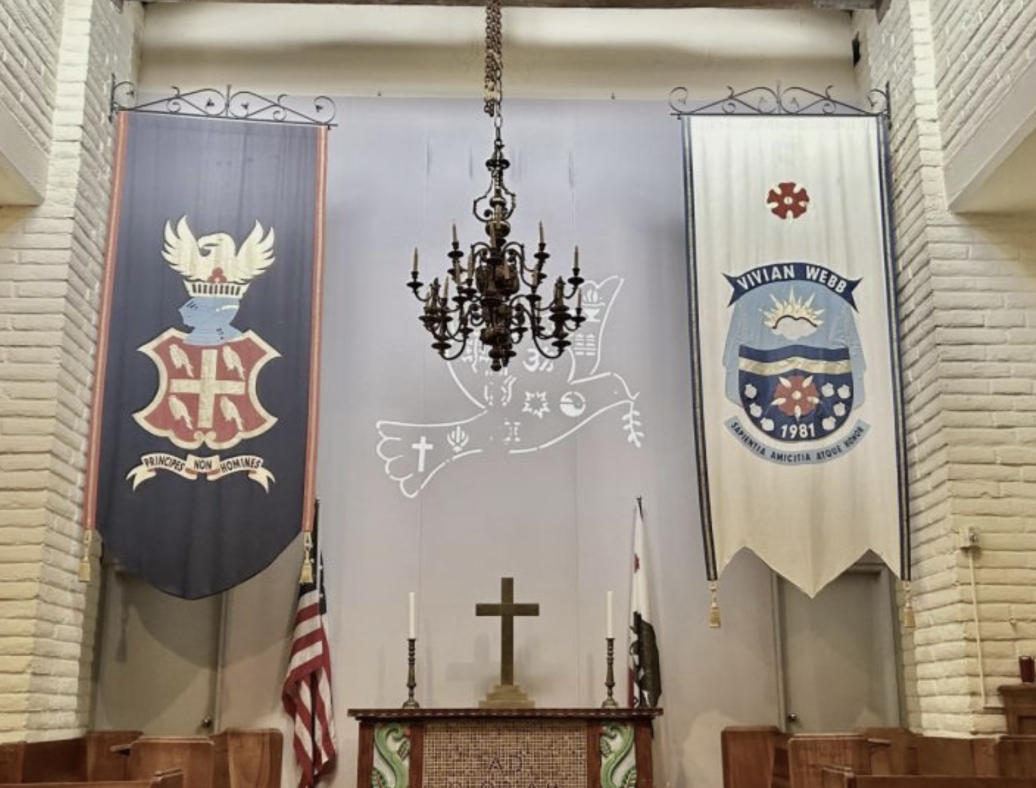
![Many Webb students spend their free time in the library watching a popular TV show like Riverdale and Euphoria. “Based off what I’ve seen, like in Euphoria, because the actors are older, they don't showcase an actual high school life properly,” Sochika Ndibe (‘26) said. “Since [the actors] are older [and] playing a teenager, from a girl’s perspective, it is going to make you think you should look more developed at a young age.” The actor, who plays Veronica Lodge, was 22 years old at the time of filming.](https://webbcanyonchronicle.com/wp-content/uploads/2025/03/Antecol-Media-affects-how-society-functions-graphic-1200x900.png)
